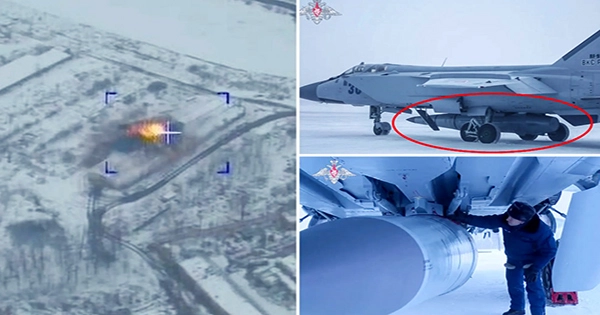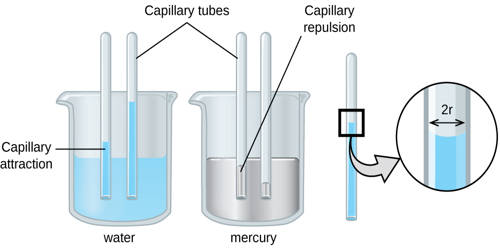During the continuing invasion of Ukraine, Russia claims to have fired a hypersonic missile to destroy a subterranean Ukrainian stockpile, marking the first time the country has acknowledged the deployment of such weapons. Military authorities throughout the world are highly concerned about hypersonic missiles because of their extraordinary speed, which makes them nearly difficult to monitor and fight against.
The revelation was made on Saturday, March 19, when the Russian news agency Interfax issued a statement regarding the usage of their Kinzhal (translates to “Dagger”) missile system, a hypersonic missile that has been employed in testing form since 2017 but has yet to be utilized in battle. A video was broadcast on the Russian Ministry of Defense’s Twitter account purporting to depict the destruction of the Ukrainian depot by a “high-precision missile attack,” most likely using the Kinzhal missiles. However, whether the hypersonic claims are real has not been independently confirmed.
Any missile that travels faster than Mach 5 – or five times the speed of sound – is classified as a hypersonic missile. The Russian-built Kh-47M2 Kinzhal has a range of 1,860 miles (3,000 kilometers) and can fly at speeds up to Mach 10 (7,700 mph; 12,300 km/h). Engineers face a unique hurdle in developing such a fast weapon since high speeds produce a lot of heat and variations in airflow make mobility exceedingly difficult. As a result, despite the fact that hypersonic missiles are virtually impervious to contemporary defenses, they are frequently regarded too costly to use in war theaters.
Before being launched against a ground target, the missiles are carried by either a Tu-22M3 bomber or a MiG-31K interceptor. The missile may undertake evasive maneuvers in flight to dodge air defenses. A 500 kilogram (1,100 pound) warhead is packed within the missile, which may either have high-explosive fragmentation or nuclear payloads and can penetrate deeper than conventional missiles owing to its high speed.
The Kinzhal missile was developed in response to NATO warships and to target and destroy strategic missile defense systems, allowing for the employment of more conventional and less expensive missiles once the defenses were neutralized, according to Russia. Although it is unknown whether the allegations are real, the Kinzhal is said to be capable of evading all present and prospective NATO air defense systems.
Both the United States and China are working on hypersonic missiles, albeit both are still in the experimental stage. The hypersonic cruise missile, which uses a jet engine to propel it towards the target, and hypersonic glide missiles, which are launched into space and then re-enter the atmosphere using a glide vehicle that uses its own shockwaves to propel it over Mach 5, are both currently under development. The United States promises to have a hypersonic glide missile on the ground by 2023.
















